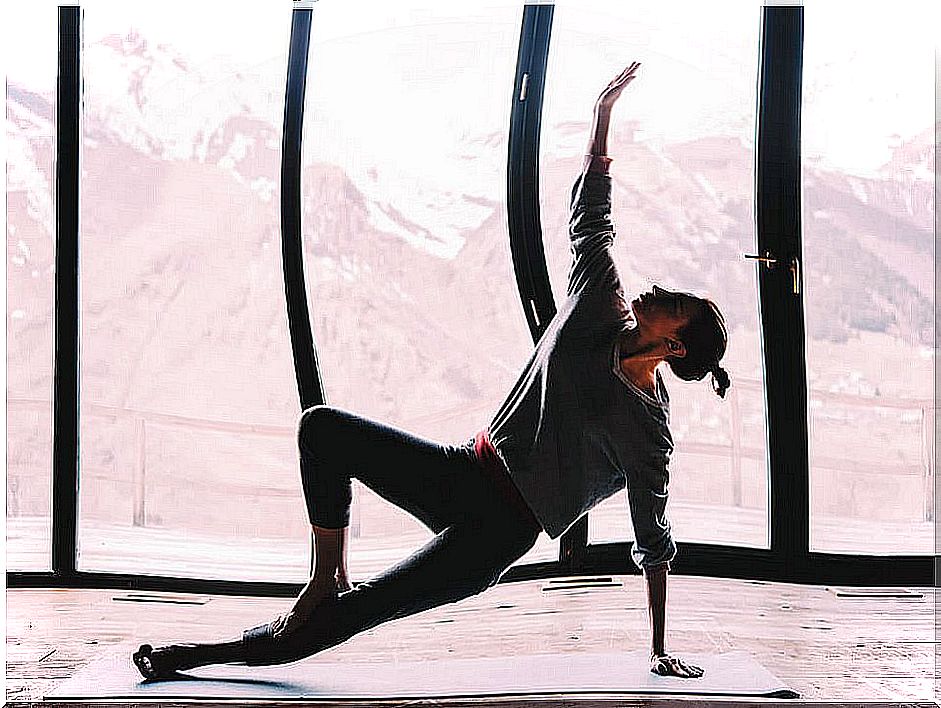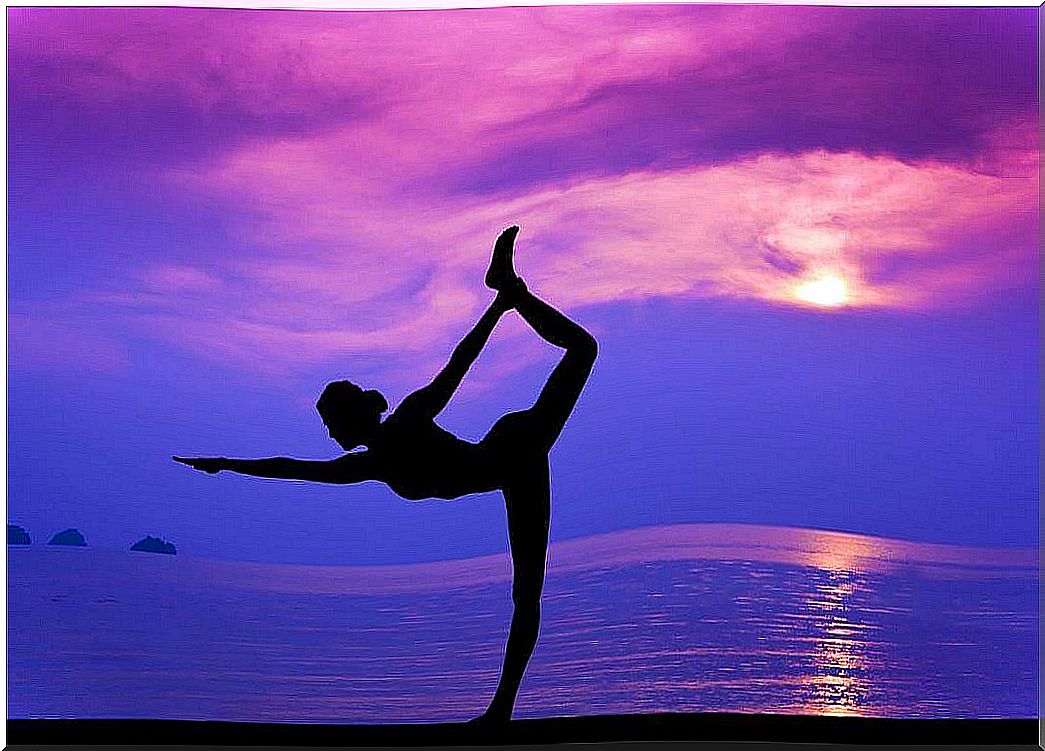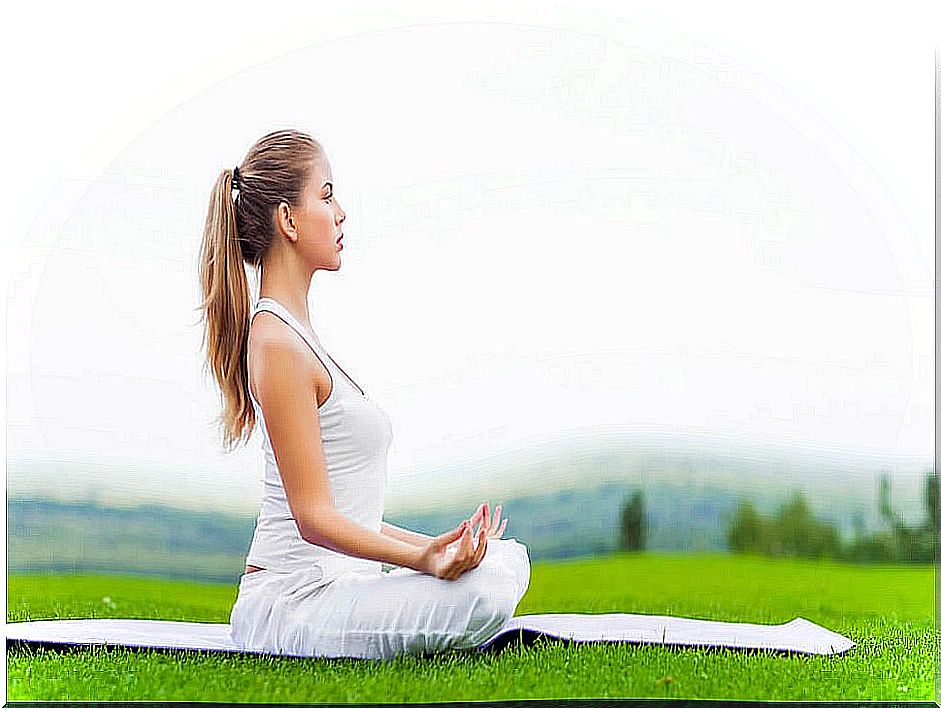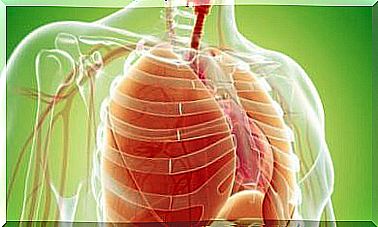How Can Yoga Help Improve Joint Health?
Yoga can be used as a complementary therapy for joint problems, since its practice helps to strengthen the muscles and adopt a better general posture. Learn more about its benefits.

Joint pain can incapacitate a person. This causes limited movement and many daily activities become difficult to perform normally. However, there are alternatives to improve joint health. Did you know that yoga is one of them?
Exercising is an excellent alternative to prevent joint wear. In the same way, it will help you modify certain habits, such as poor posture.
In this sense, yoga helps keep the osteoarticular system in good condition. The postures tone every part of the body and, in addition, their regular practice increases work capacity and flexibility.
What is yoga and where did it originate?

Yoga is an ancient discipline born in India and popularized in recent decades in Western culture. This activity seeks the balance between the body and the mind through physical postures and breathing exercises.
If we review the etymology of yoga, we find that it is a Sanskrit term that can be translated as ‘effort’ or ‘union’. The concept has two main applications:
- On the one hand, it is the set of physical and mental disciplines that originated in India and that seek to achieve spiritual perfection and union with the absolute.
- On the other hand, yoga is formed by modern practices that derive from the aforementioned Hindu tradition and that promote mastery of the body and greater capacity for concentration.
Since when has this activity been practiced?
Yoga is believed to be over 6,000 years old, according to information from the Vedas. These are a collection of hymns that contain the most ancient teachings of yoga and are considered as divine revelations.
The Rigveda and the Atharvaveda are the classic texts that mention yoga for the first time. Although they do not reveal their practices, they do allude to classic yoga concepts, such as direct connection with breathing; they also make references to psychic centers and channels – chakras and nadis -.
Western culture discovered yoga in the 1960s. Maharishi Mahesh popularized this practice by focusing on meditation. For his part, Swami Sivananda implemented his yogic system based on 5 principles:
- Savasana (relaxation).
- Pranayama (breath).
- Asanas (exercises).
- Dhyana (positive thoughts).
- Meditation .
Since then, yoga has become a worldwide phenomenon and its techniques have evolved over time. Nevertheless, the original movements and ideals have been maintained.
In general, the practice of yoga is associated with increased physical and mental well-being. This discipline has the ability to strengthen joint, cardiovascular and mental health, as we will describe in detail below.
How Yoga Can Improve Joint Health

This physical activity offers several health benefits. First, according to a study published by the Journal of Yoga & Physical Therapy , yoga helps to be more aware of body posture and, therefore, also contributes to correcting and improving it.
According to the same publication, it is also useful for strengthening muscles. This is another way to protect the joints, which will see their functionality enhanced as a result of this effect.
On the other hand, yoga serves to maintain an ideal weight. Research published by the journal Evidence-Based Complementary and Alternative Medicine explains that this may be due to both physical activity and increased muscle mass and the change in habits that this discipline promotes.
One of the main causes of injuries and discomfort in joints is being overweight because it causes greater stress on them, as explained in an article in Harvard Health Publishing. The joints most affected are those of the hips, knees, back and feet.
Lastly, yoga teaches us to listen to the body. The practice of asanas makes it easier to identify the areas where pain occurs after physical activity.
What type of yoga to do?
The Arthritis Foundation recommends in a publication various types of yoga to improve joint health and relieve arthritis symptoms. These modalities are: viniyoga , power yoga , vinyasa , restorative yoga, ashtanga , seated yoga, hatha and iyengar.
The practice of these various modalities provides a series of mental benefits that collaborate in the treatment of physical conditions. Among these benefits, we can mention the high level of concentration and attention that the postures demand.
Thus, yoga could also improve memory and attention. Likewise, it provides a space to develop emotional stability and self-recognition.
These elements are essential when treating pathologies in which physical deterioration usually triggers episodes of sadness and even depressive symptoms, according to a study published in the Journal of Affective Disorders .

Add good habits to improve joint health
As we have reviewed previously, thanks to the practice of yoga, joint health will improve significantly. People learn to know their body and control its movements. If you practice this discipline regularly, you will know how to respect and listen to your body. This will allow you to avoid possible joint and muscle injuries.
Likewise, the strengthening of the muscles caused by yoga helps in the same way to take care of the joints. When these are strong, the risk of joint problems is reduced.
Finally, also take into account the role of nutrition to take care of the joints, as highlighted in a study published by Nutrition Hospital . In this sense, this publication highlights the importance of the consumption of minerals and vitamin D, as well as the adequate supply of omega 3 acids.
Ultimately, if you want to enjoy one of the many benefits of yoga, consider it your regular physical activity. Likewise, you can also use it as an alternative therapy for physical or mental conditions, always after consulting with a health professional.









